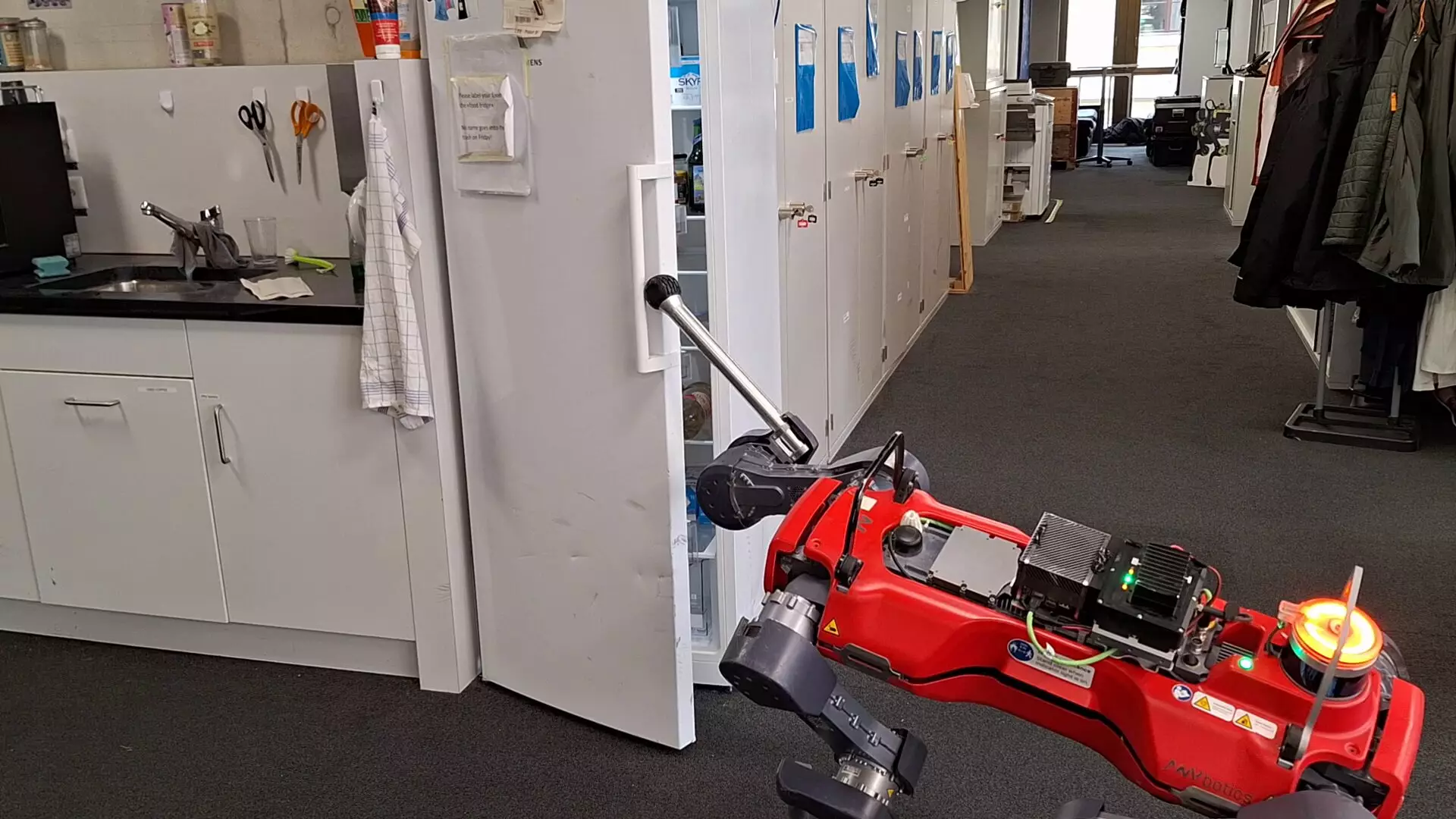The field of robotics has seen incredible advancements in recent years, with robotic systems becoming increasingly sophisticated and versatile. From stiff robots to soft, humanoid, and animal-inspired robots, the possibilities seem endless. One area of particular interest is legged robots, especially quadrupeds, which have shown great promise in tasks such as exploring environments and carrying objects. However, the interaction of these robots with objects and humans in their surroundings is still quite limited. Many of the existing legged robots with advanced object manipulation skills often come with bulky components, such as dedicated robotic arms or grippers.
The Breakthrough Reinforcement Learning Model
Recently, a team of researchers at ETH Zurich introduced a groundbreaking reinforcement learning-based model that could revolutionize how four-legged robots interact with their environment. Unlike traditional approaches that rely on additional manipulators, this new model allows quadrupeds to tackle advanced tasks without the need for extra arms. By training the robots using reinforcement learning, the researchers were able to develop a versatile approach that enhances the robots’ capabilities significantly.
The model revolves around the concept of training the robot to bring its foot to a desired position repeatedly in a simulation, allowing it to learn and improve its skills over time. By tweaking various parameters in the simulations, such as the placement of the foot and the level of disturbance the robot faces, the researchers were able to make the robot more robust to real-world uncertainties. This approach proved incredibly successful in initial experiments, where the four-legged robot successfully performed tasks like opening a fridge door, carrying objects, pressing a button, and collecting rocks.
One of the key highlights of this new model is its ability to teach robots to use their entire body when necessary, such as leaning forward to reach a button with one of its feet or hopping to reach a distant target. This holistic approach to object manipulation opens up a world of possibilities for legged robots and could potentially revolutionize how they interact with their environment. The researchers were surprised by the range of tasks the robot could accomplish using its feet alone, showcasing the model’s potential to significantly enhance the capabilities of legged robots.
As of now, the robot is still teleoperated, but there are plans to automate many of the tasks it can perform. This automation could greatly expand the application range of legged robots without the need for hardware modifications. The possibilities for using legged robots in various scenarios, such as warehouse inspections or infrastructure maintenance, are endless. By increasing the autonomy of the model and automating more tasks, such as object grasping and opening different types of doors, the researchers aim to further enhance the capabilities of legged robots in real-world applications.
The new computational model developed by the researchers is just the beginning of a new era for legged robots. With further improvements and training on additional tasks, the model could unlock even more potential for these robots in a wide range of applications. As the researchers continue to refine the model and validate it in fully automated scenarios, the real-world applications of legged robots could expand significantly.
In upcoming studies, the researchers will focus on increasing the model’s autonomy and automating additional tasks to further enhance the capabilities of legged robots. By pushing the boundaries of what legged robots can achieve, the research team aims to revolutionize the field of robotics and pave the way for a future where legged robots interact with their environment in innovative and groundbreaking ways.


Leave a Reply